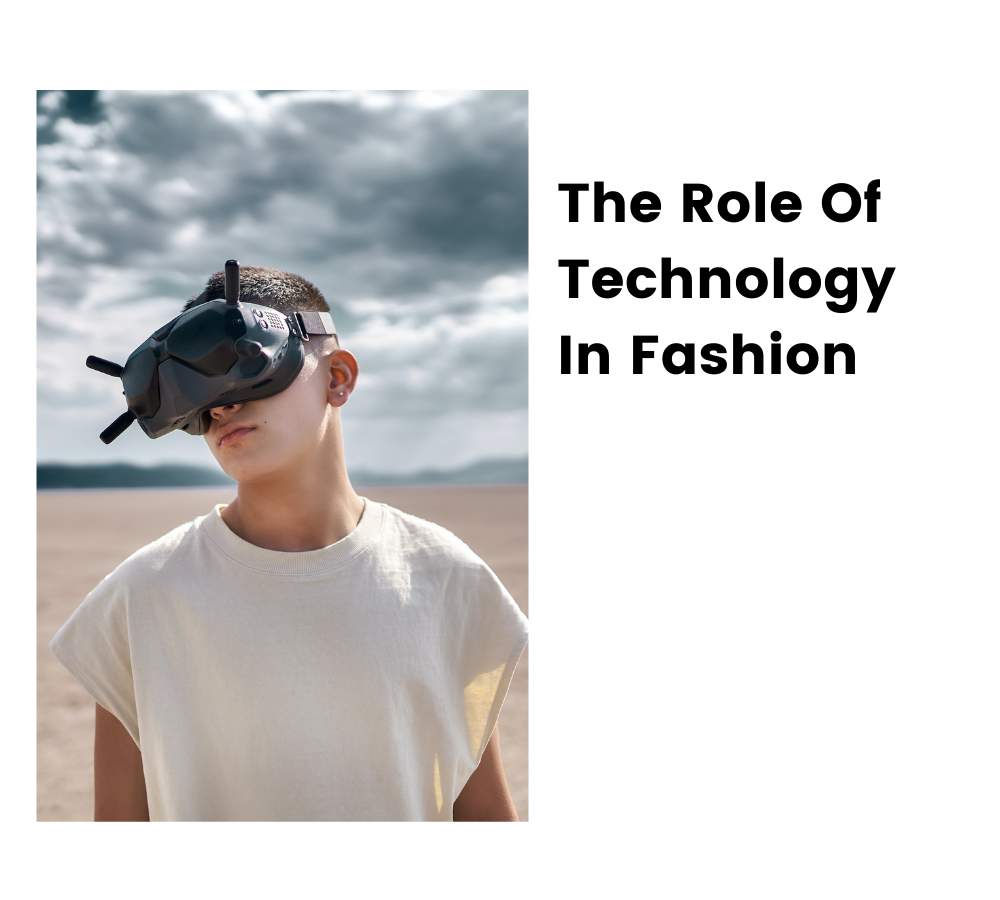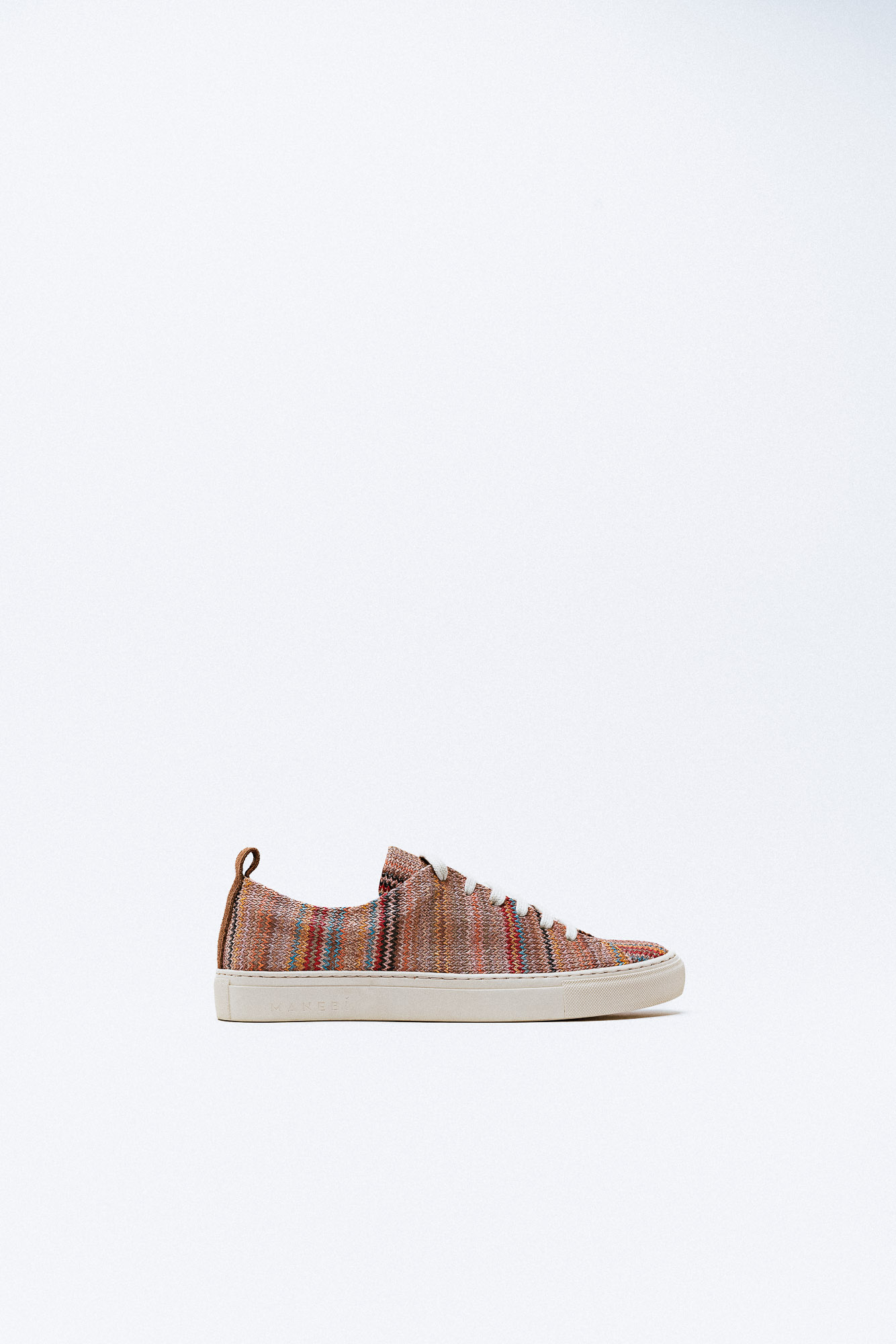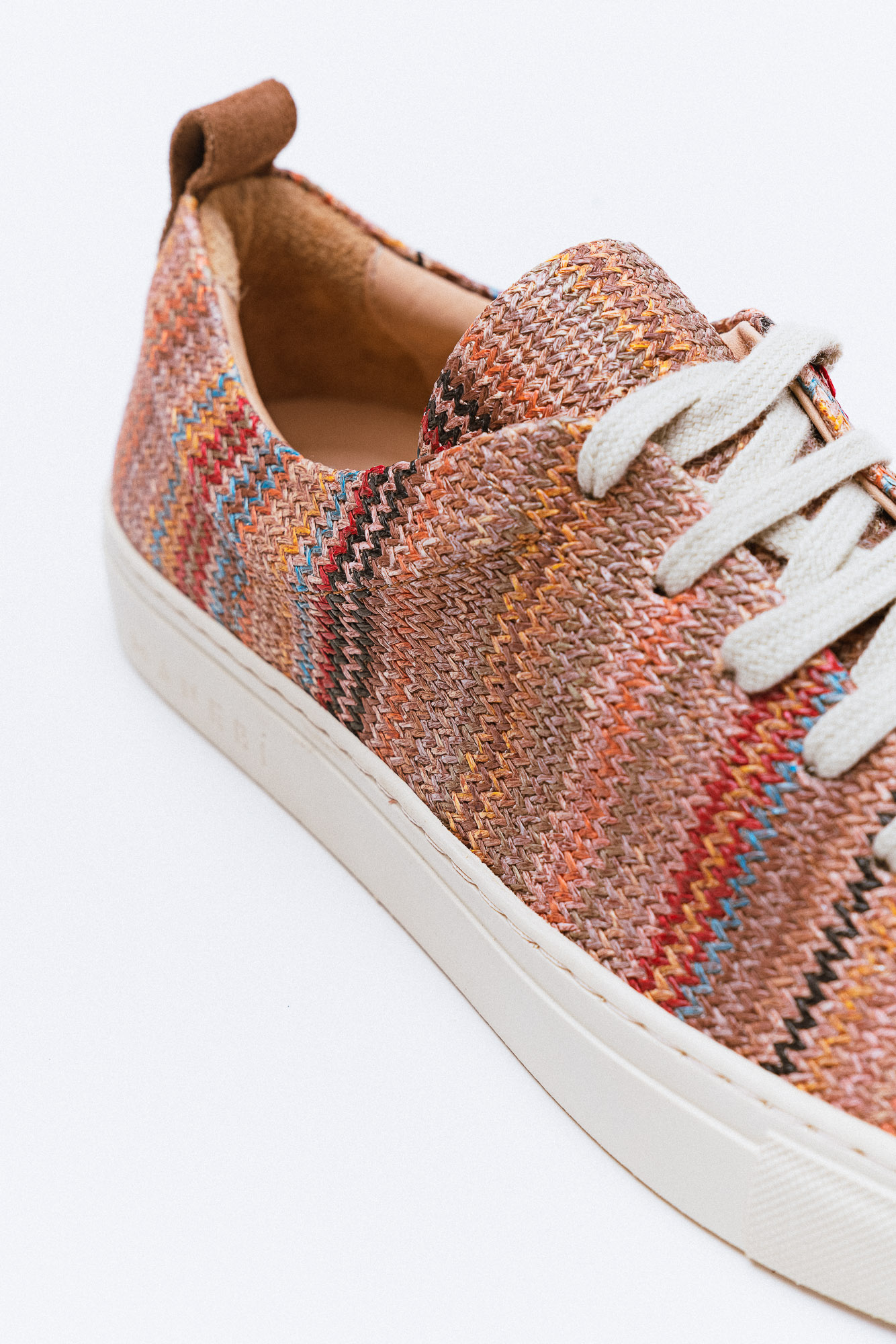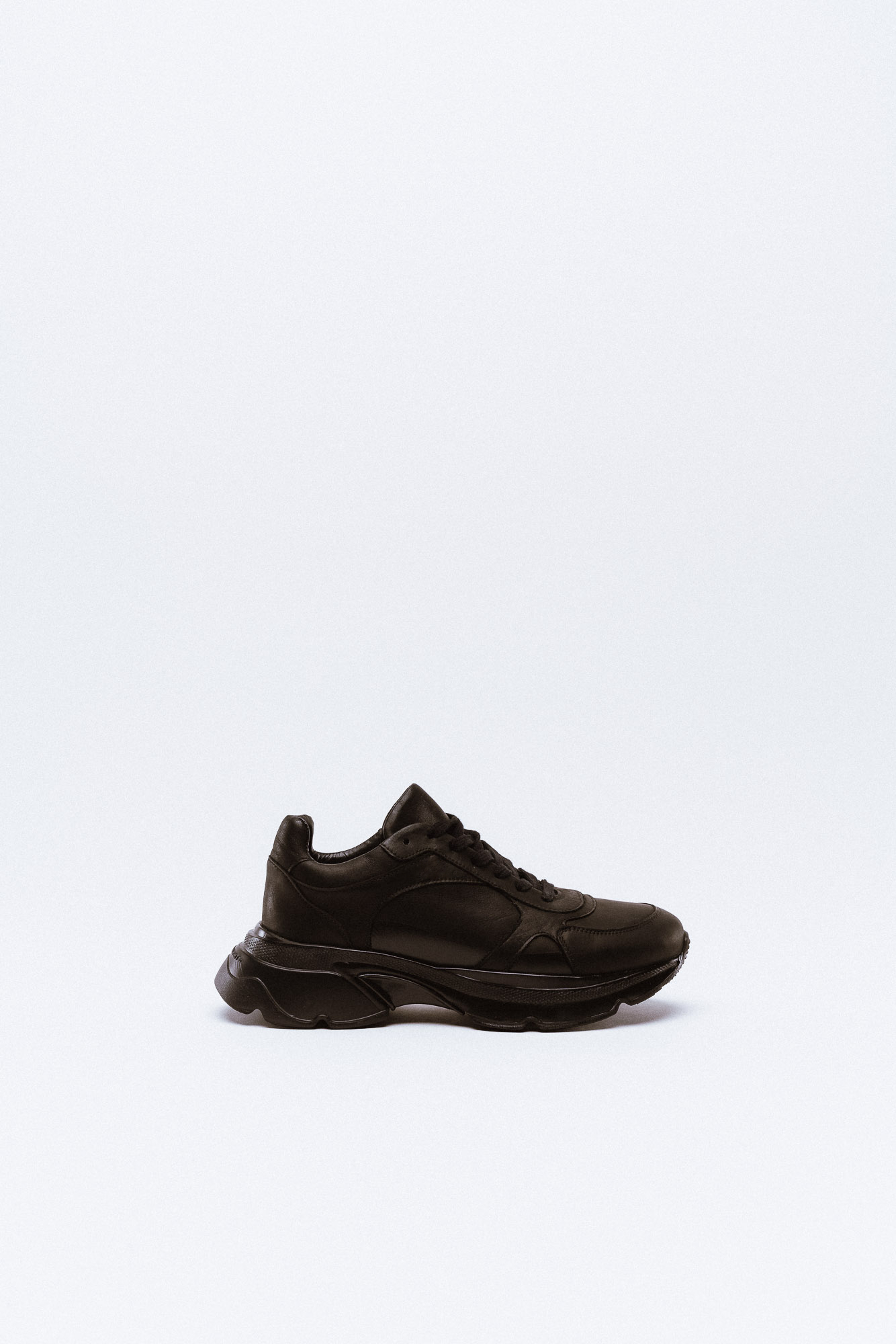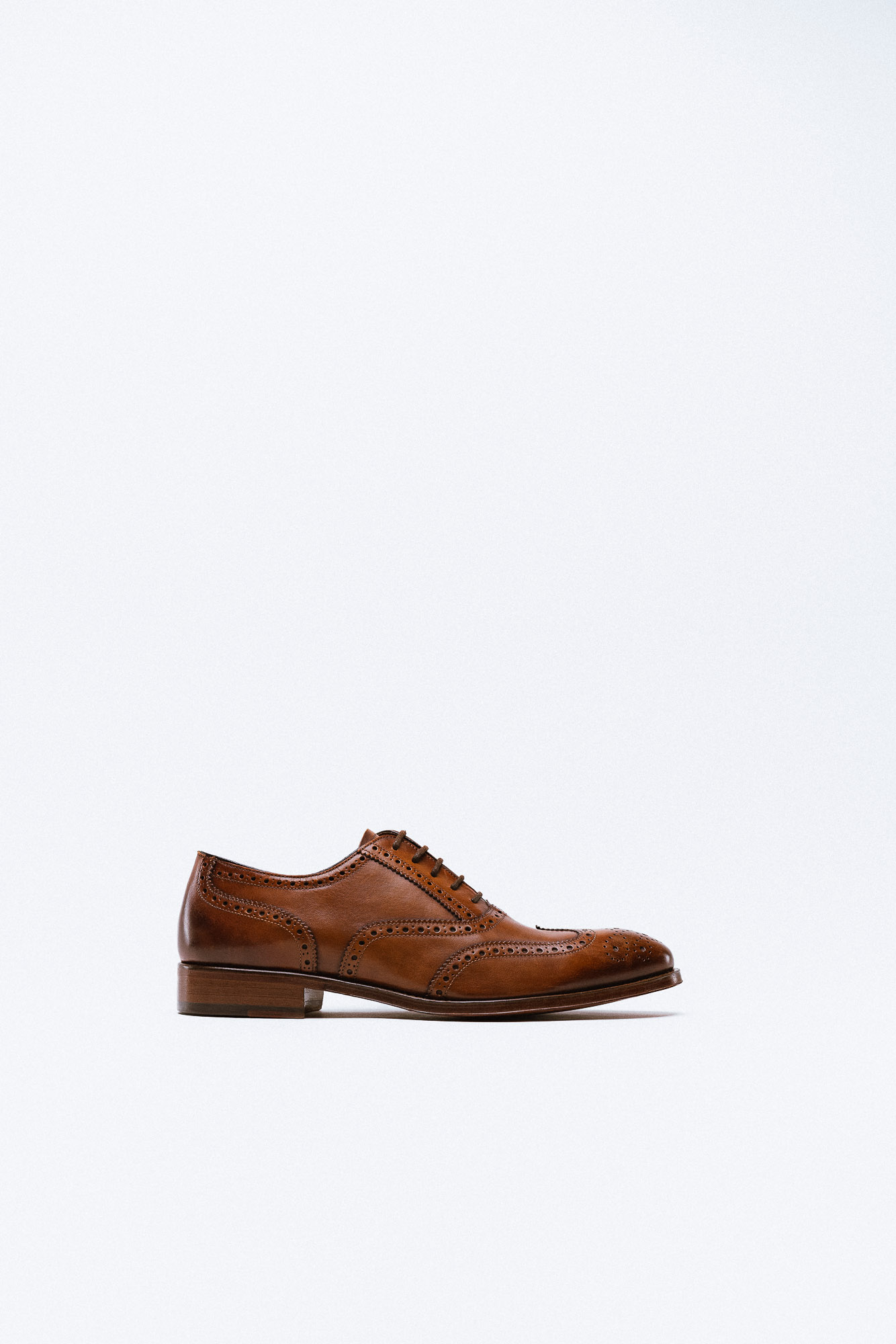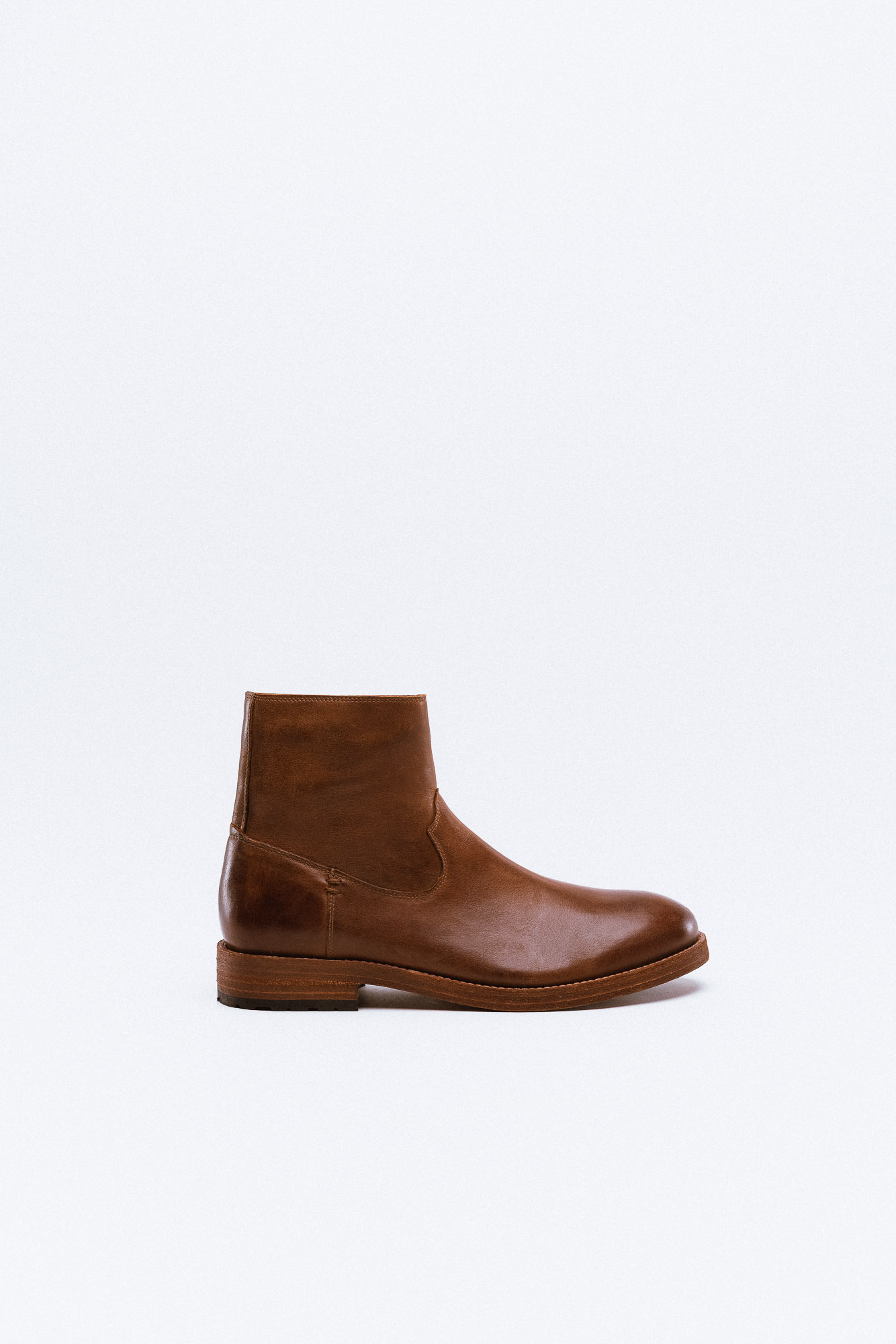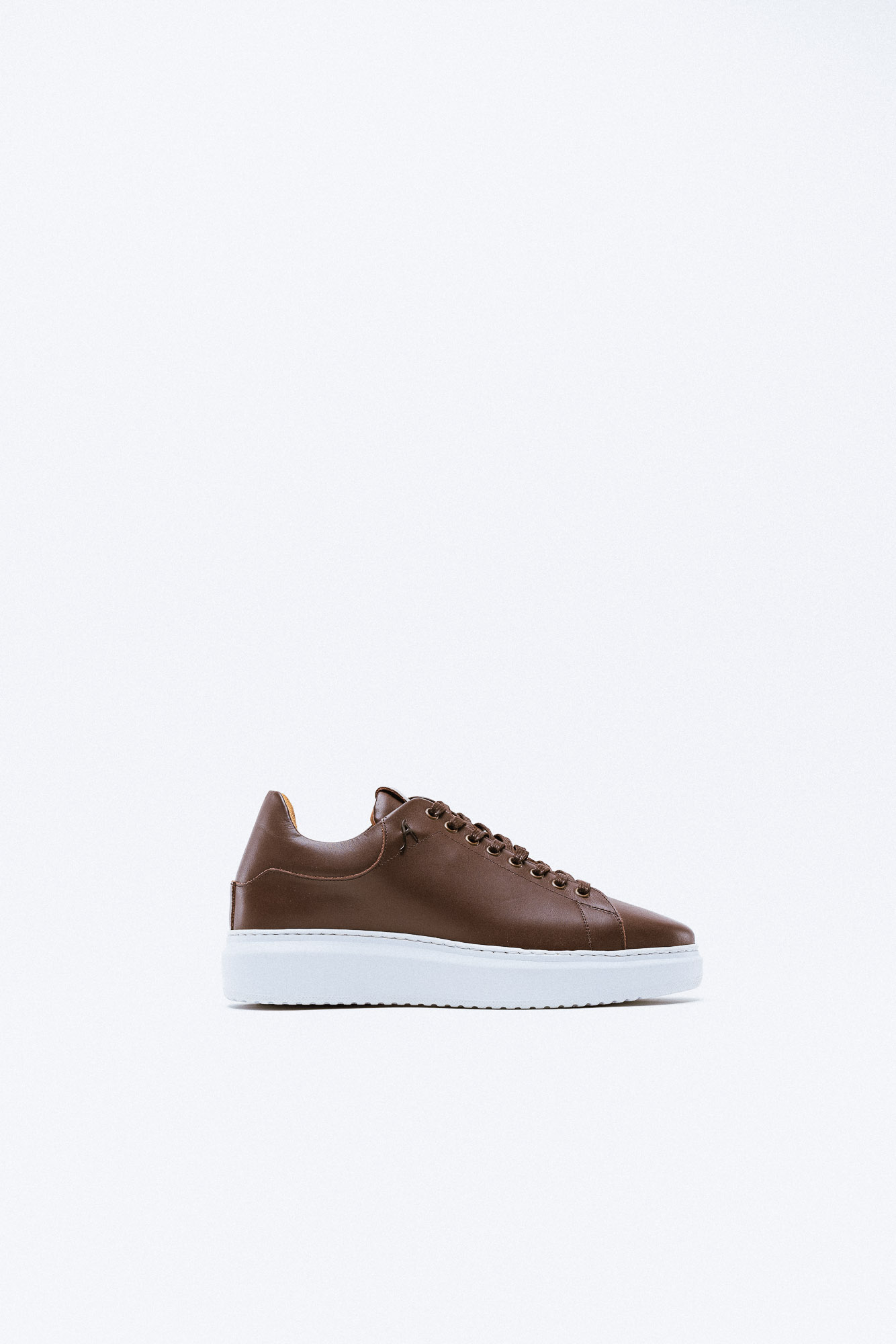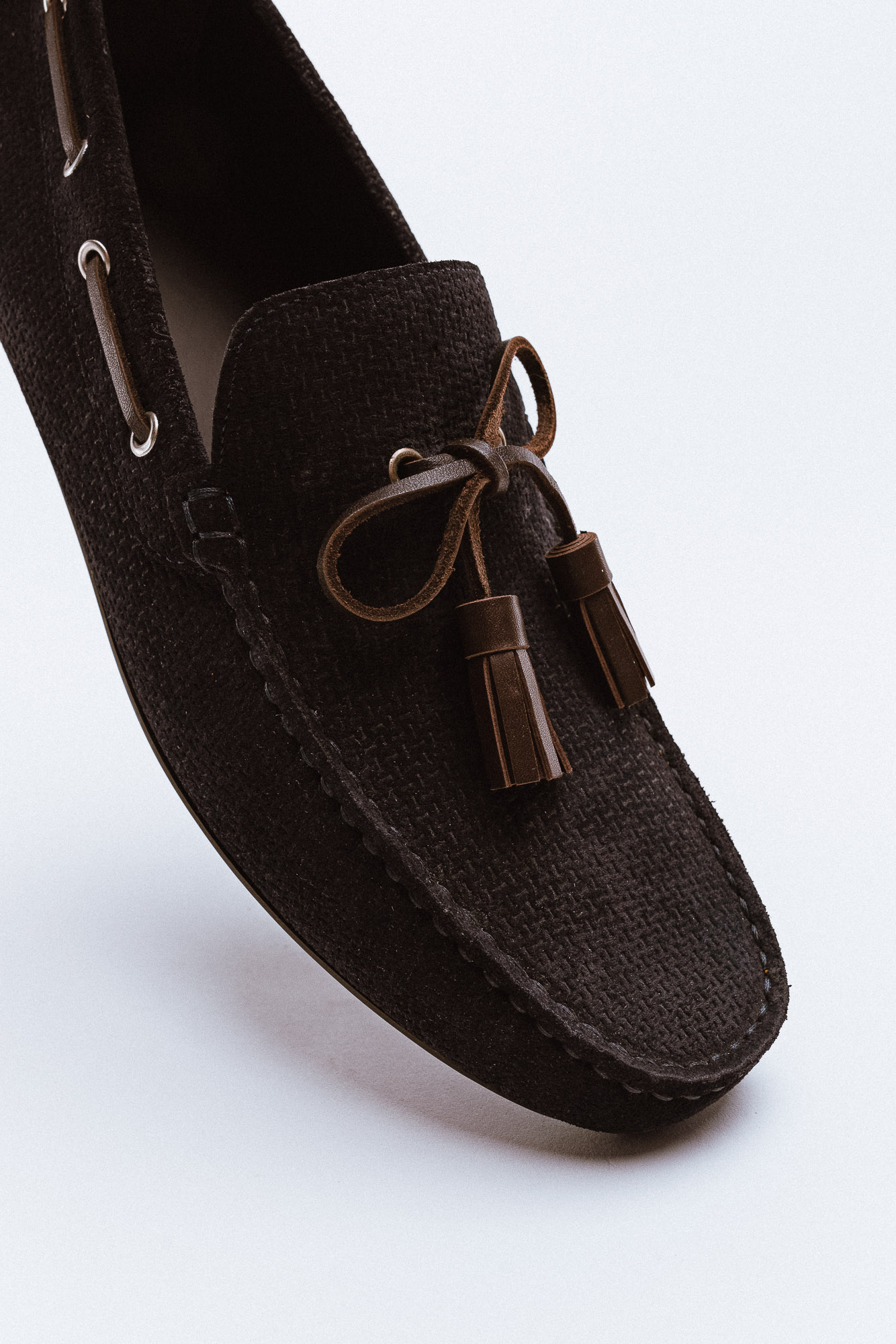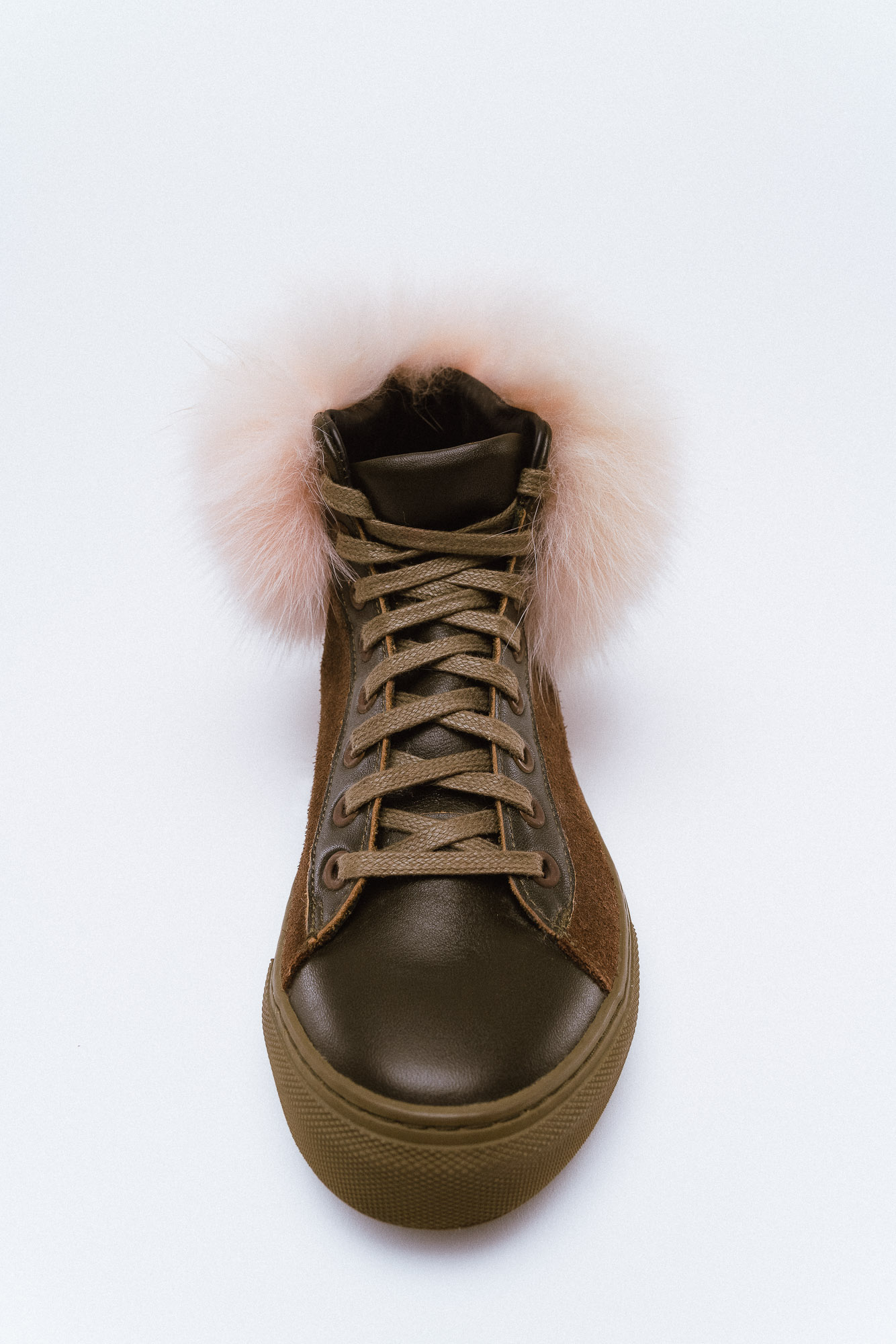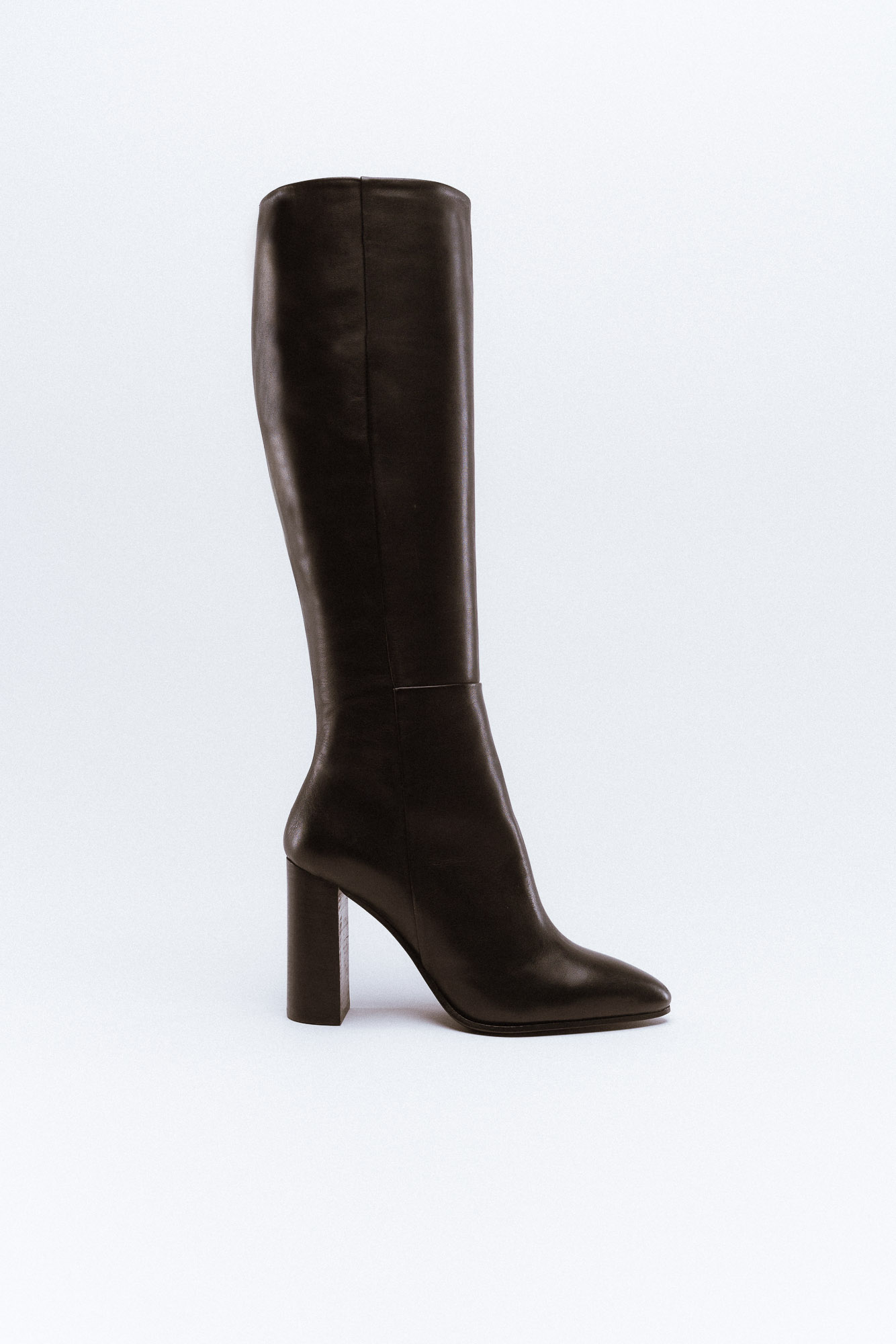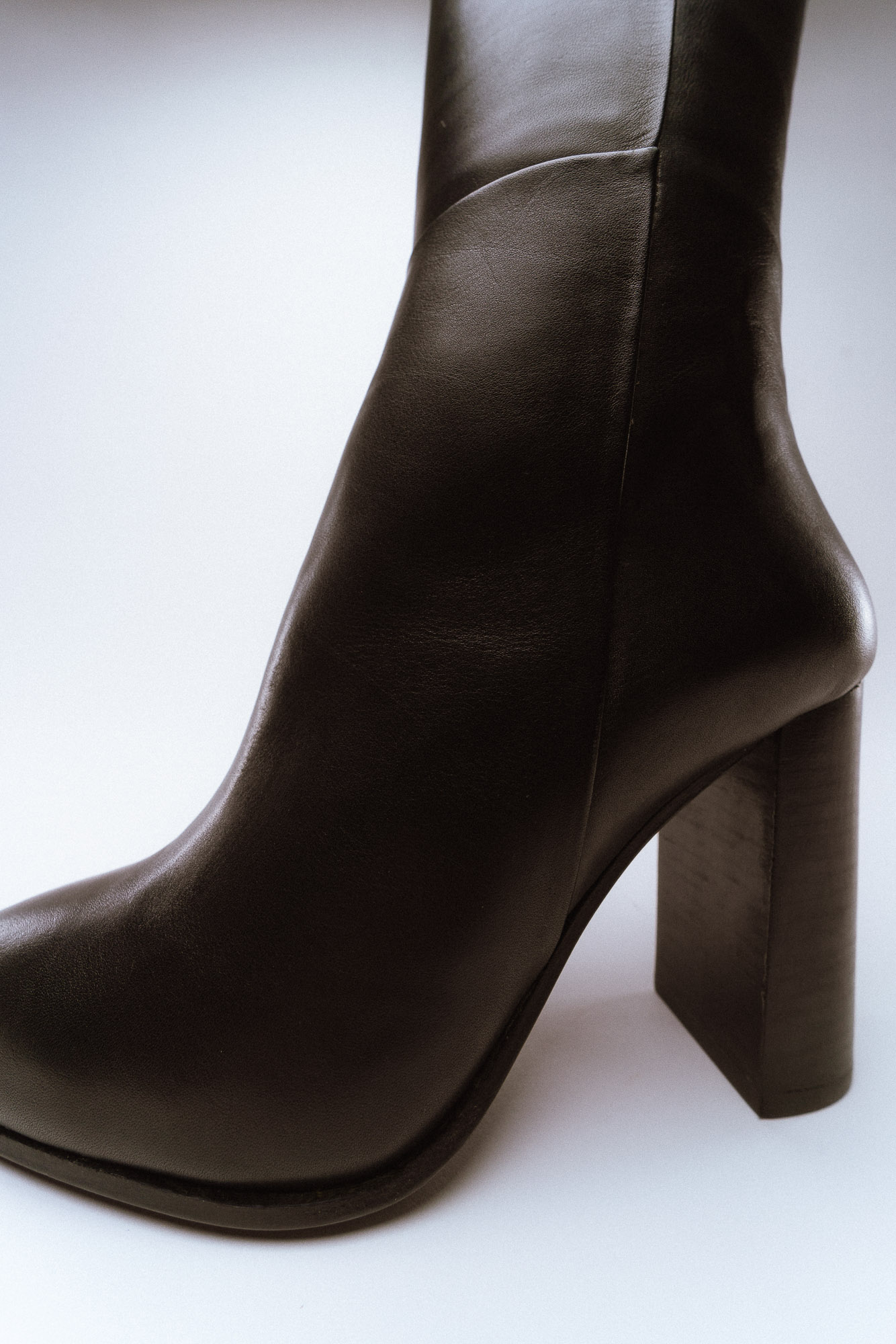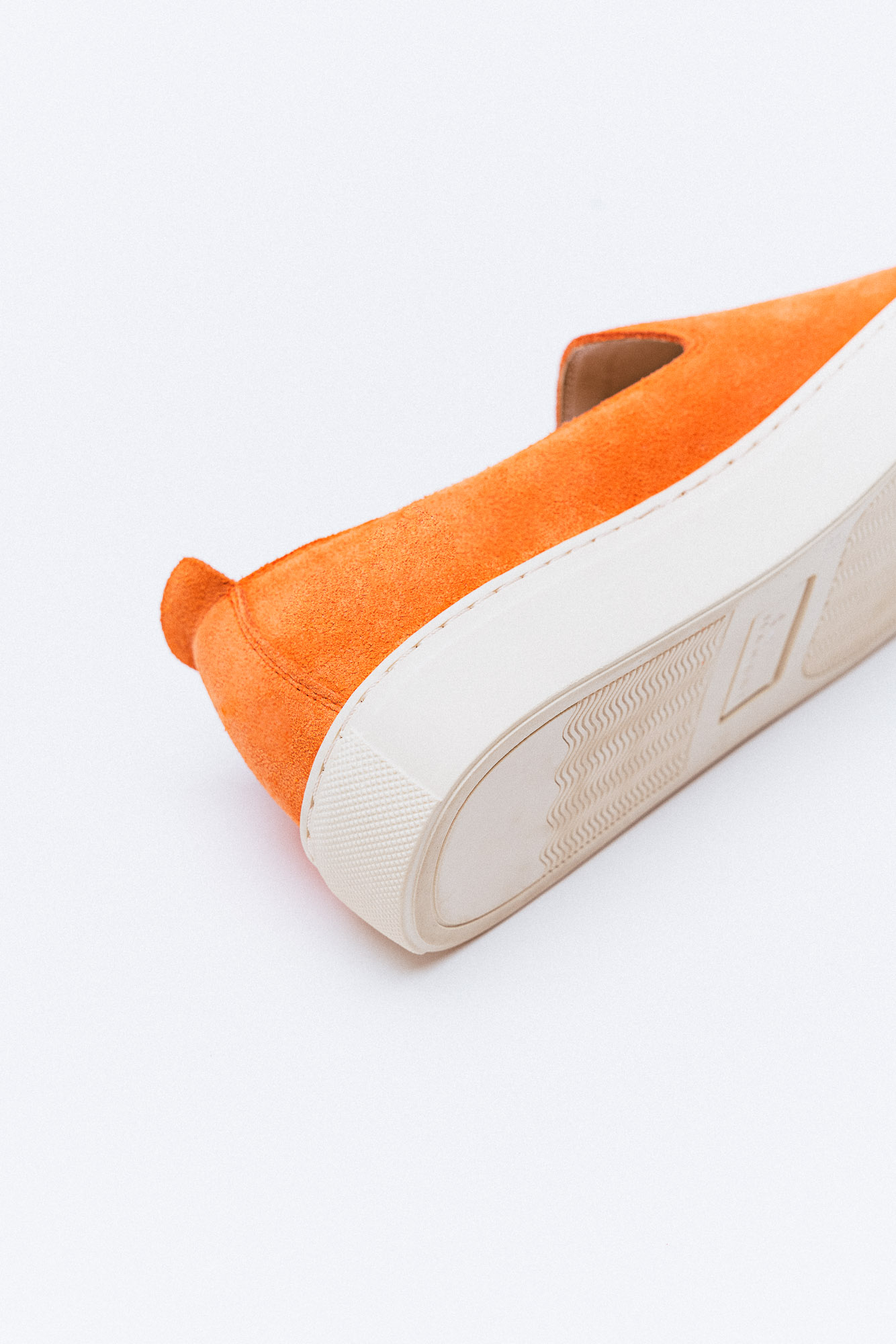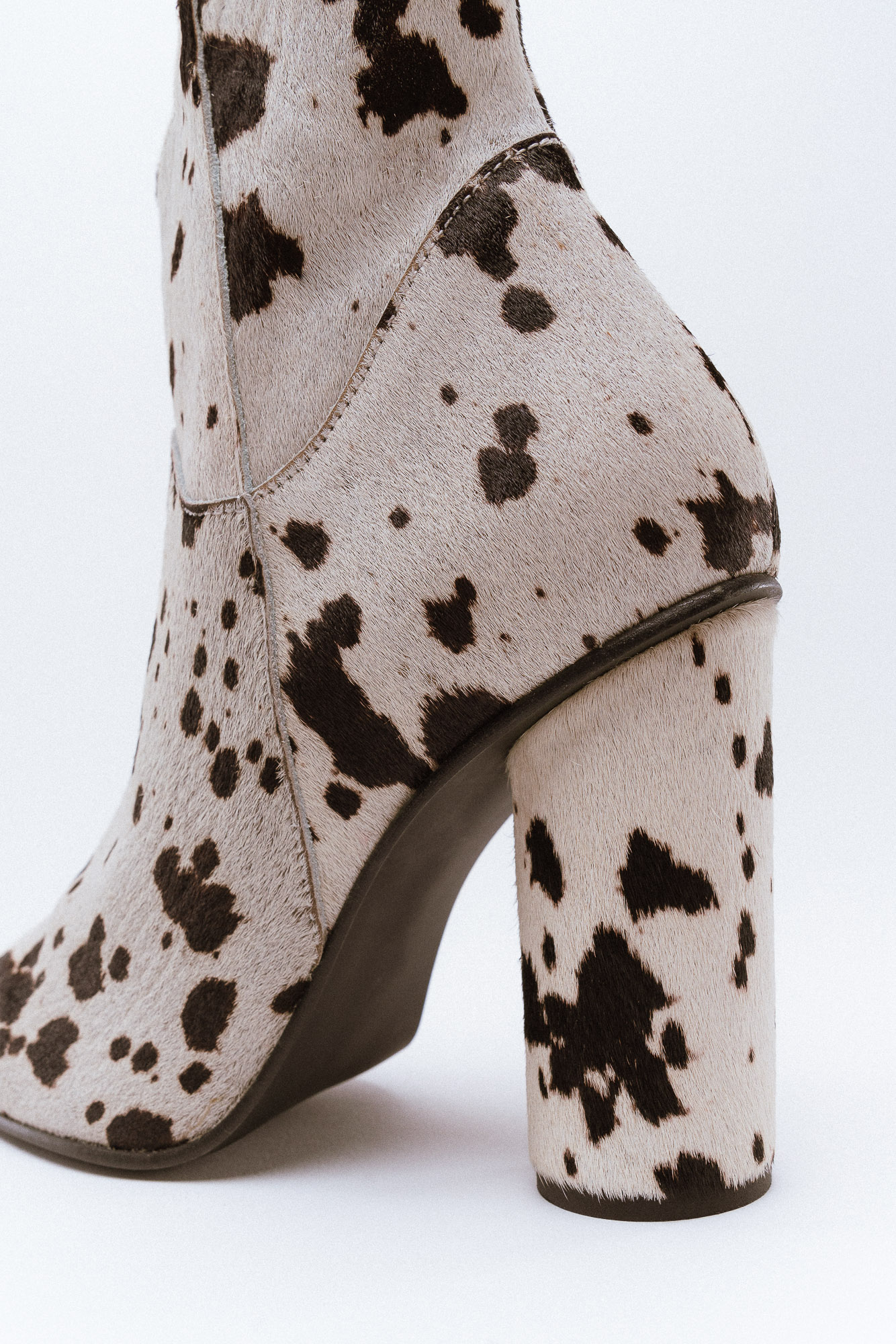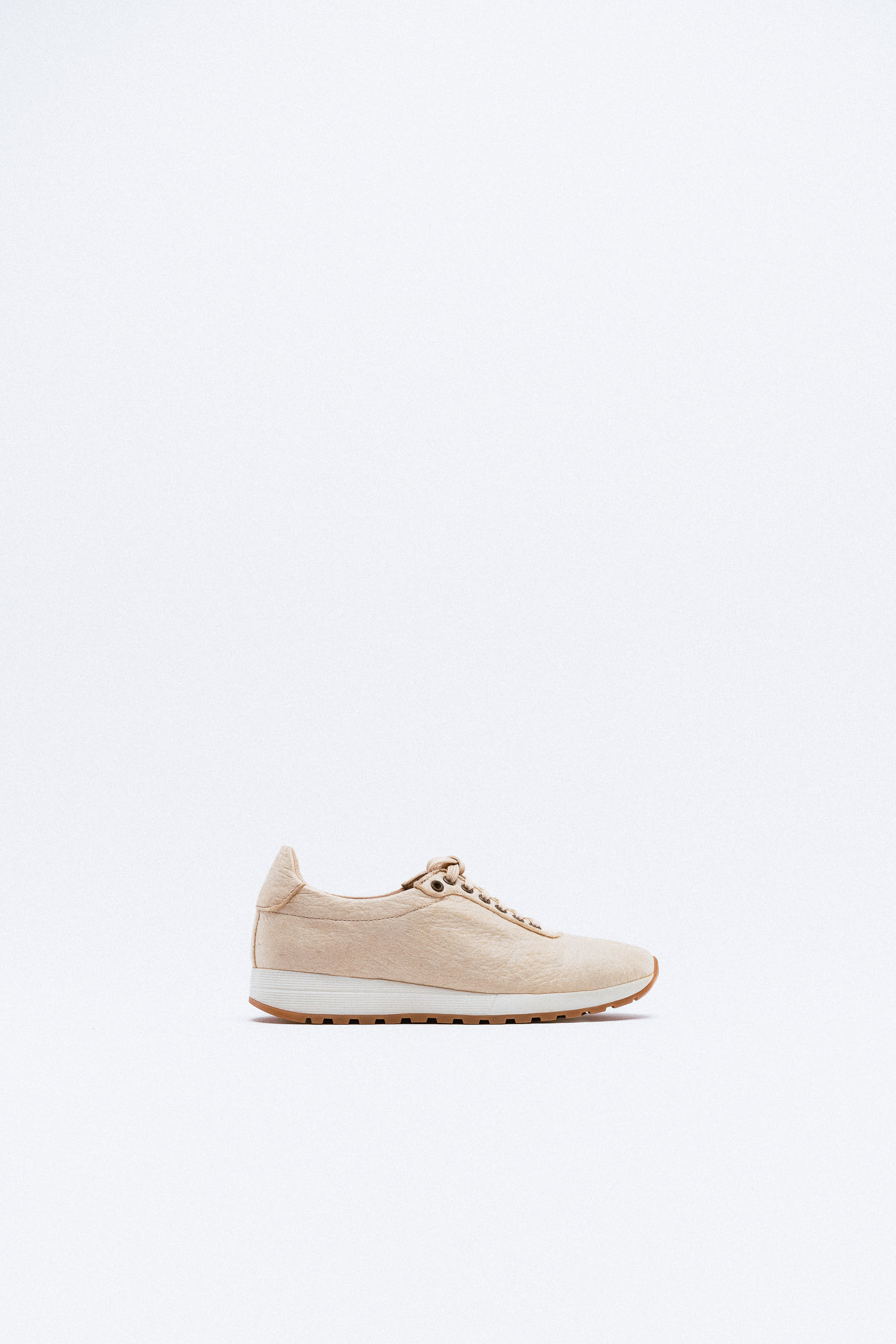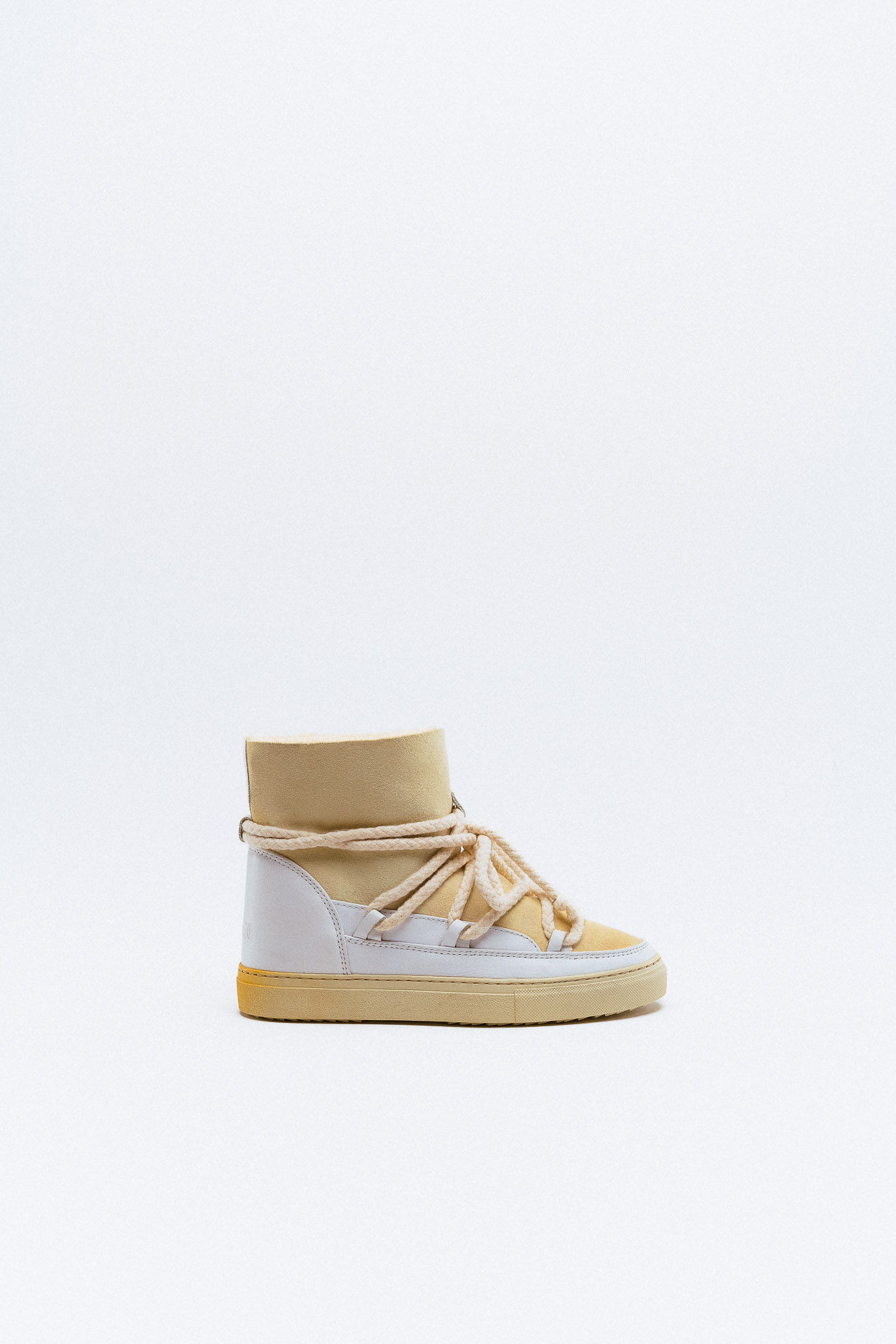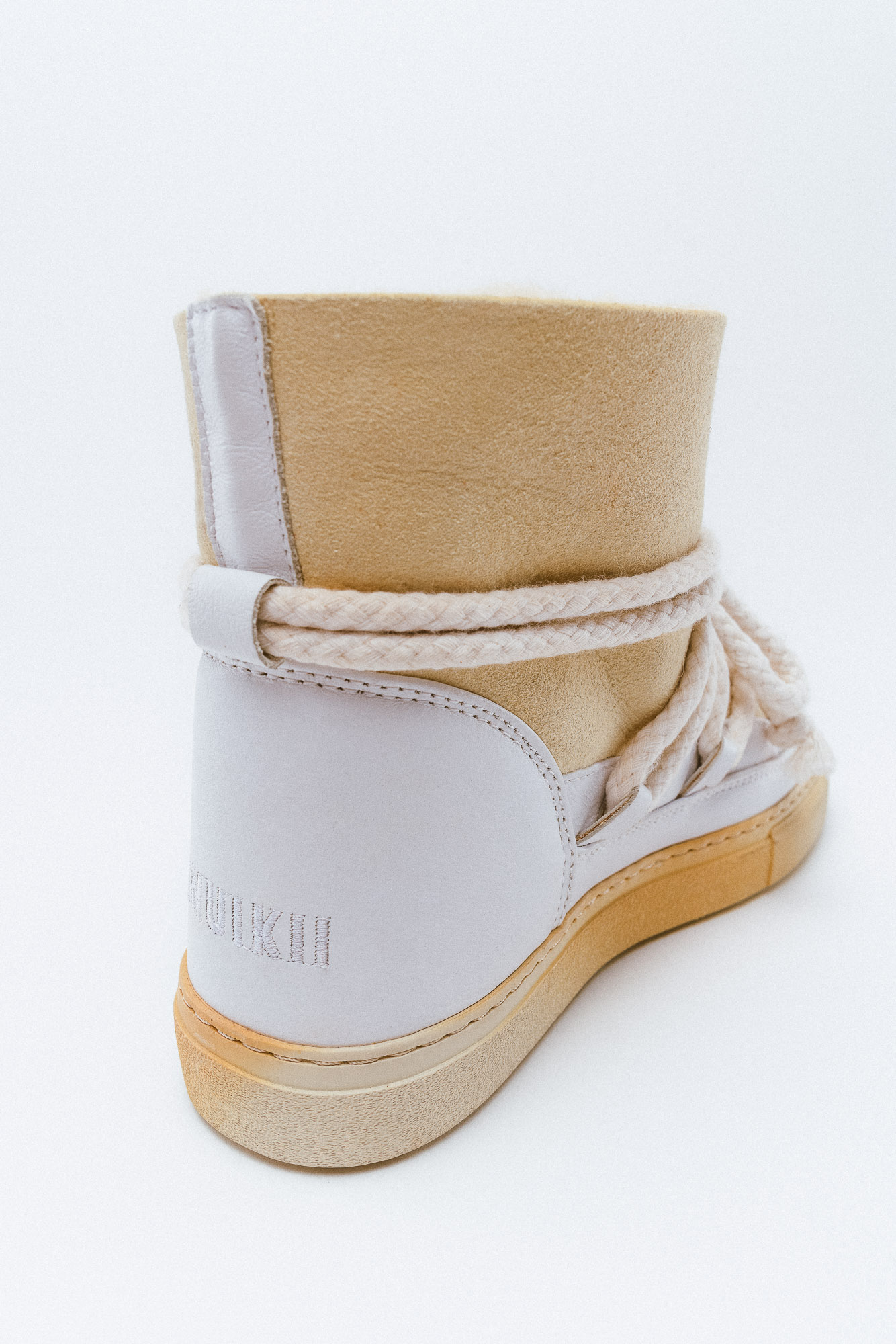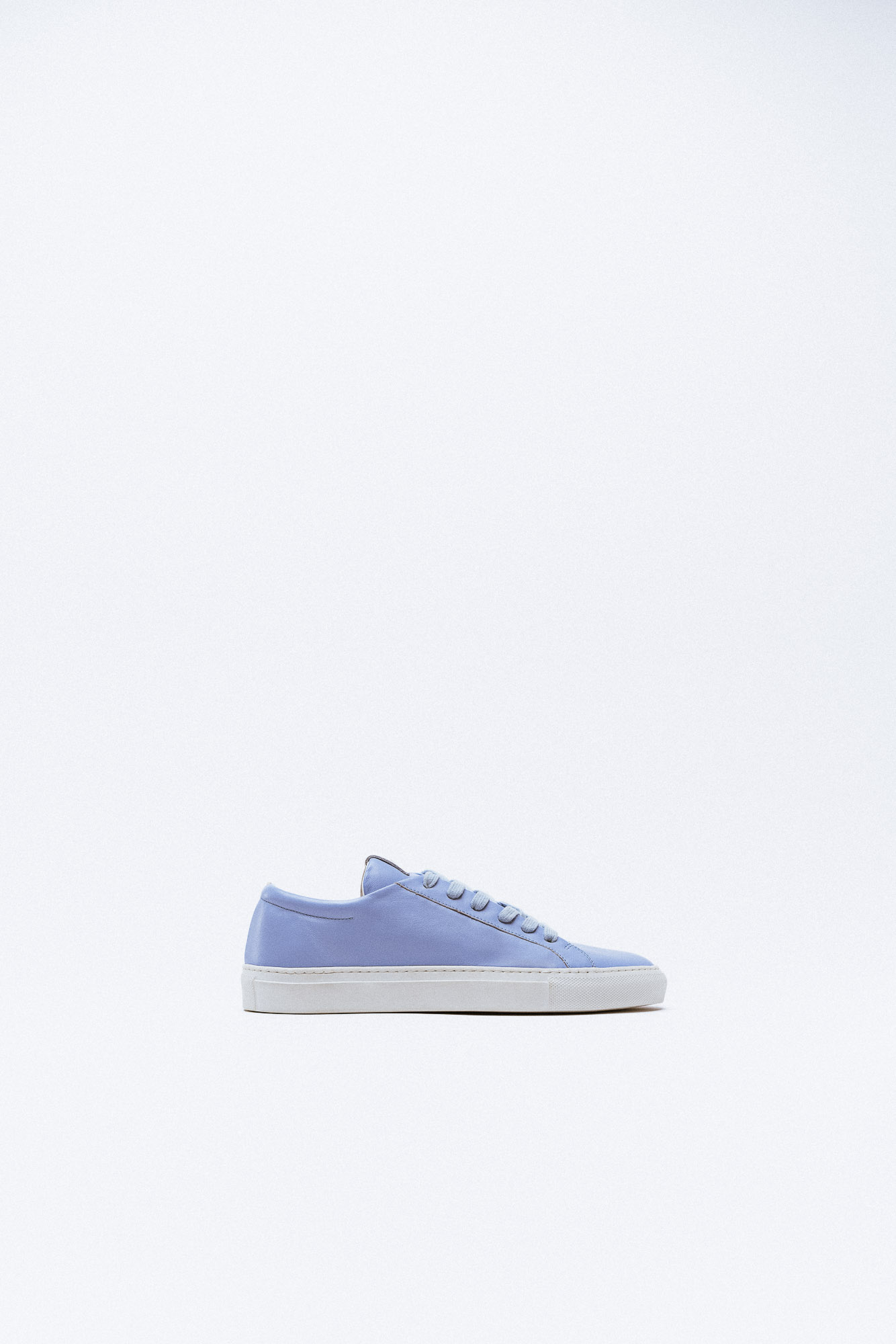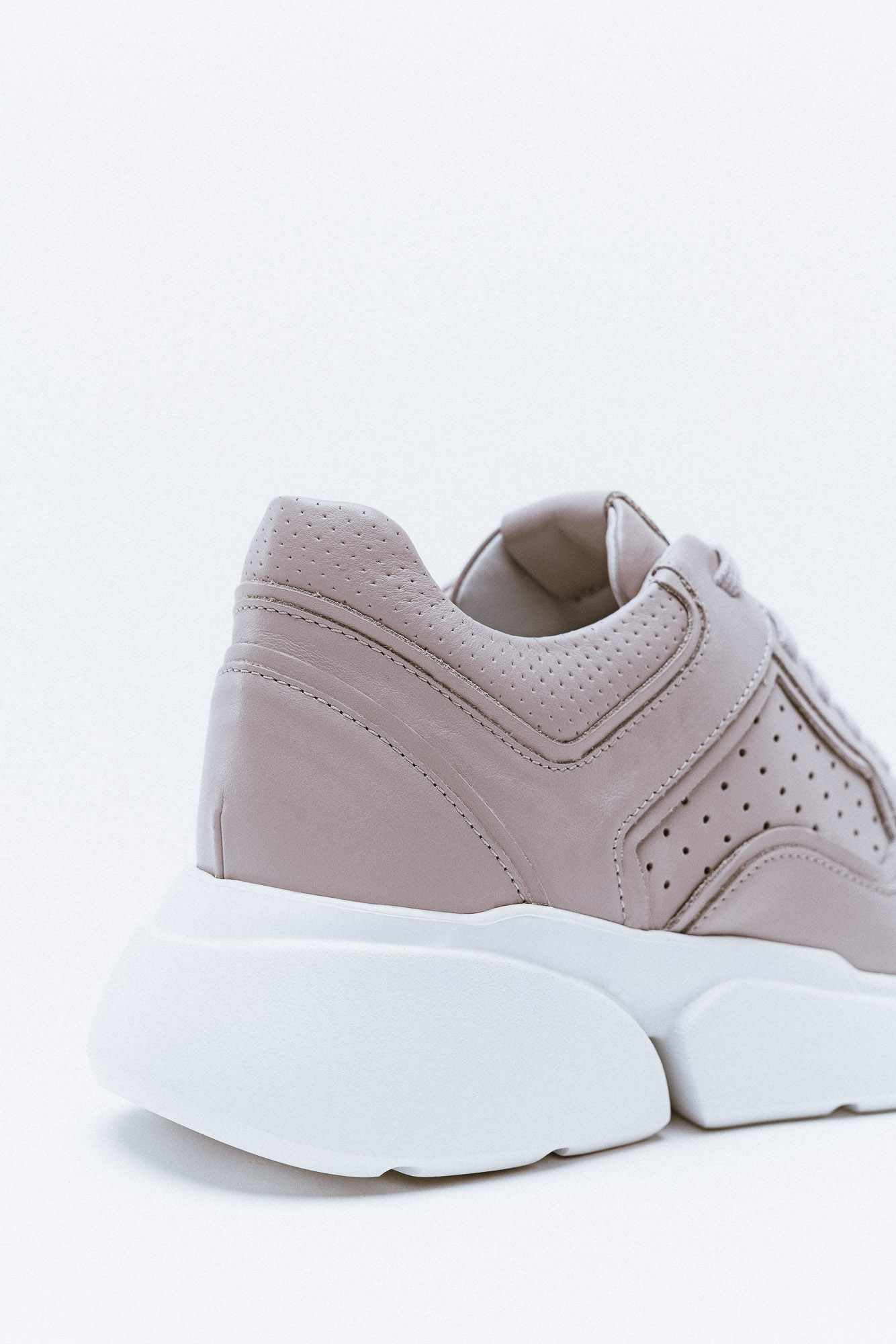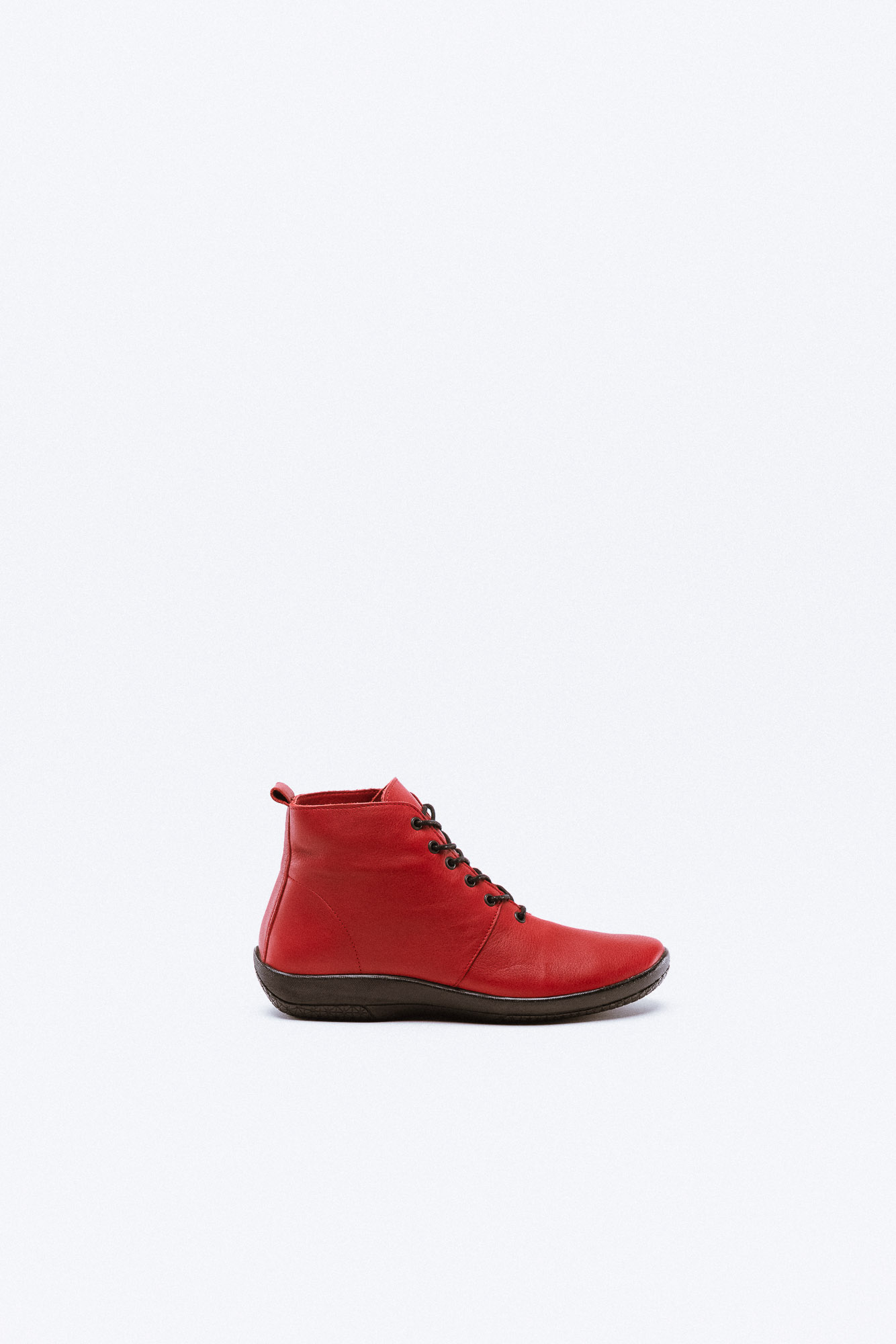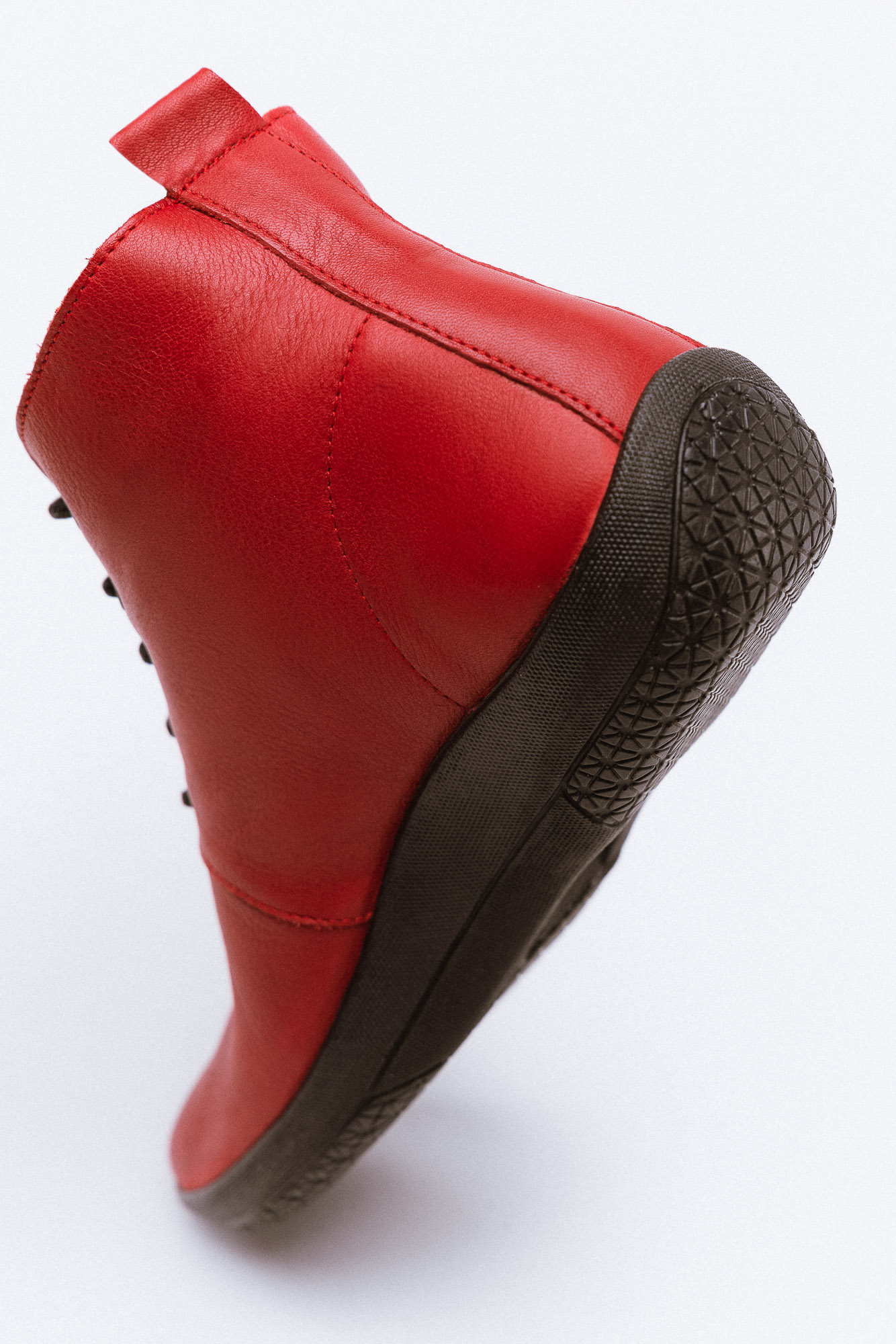Fashion companies have an opportunity to serve customers better while technological innovation accelerates and increases. With technology in fashion, fashion businesses can act in a more efficient, responsive, and responsible way, meeting the customer needs.
Last year, fashion companies invested between 1.6 and 1.8 percent of their revenues in technology. Plus, in the future, this number is expected to rise to between 3.0 and 3.5 percent.
Technology can create a competitive edge—in customer-facing activities, where companies have mostly focused to date, and, more increasingly, in operations. Robotics, advanced analytics, and in-store applications may help streamline processes, support sustainability. And create an exceptional customer experience.
As a result of more hours spent online, different shopping habits, and rising interest in virtual worlds the consumer digital engagement has increase a lot during the COVID-19 pandemic.
It is expected that fashion companies double investment in technology by 2030. In order to keep up with digital natives and to create a competitive edge. Furthermore, McKinsey analysis shows that fashion companies that now embed AI into their businesses models, could see a 118 percent cumulative increase in cash flow by 2030. On the other hand, those that are slower to invest in digital technology will certainly decline.
So, over the next years, there are some areas in which digital can make a real difference on the performance of a brand, like: personalization, store technologies, and end-to-end value chain management.
McKinsey and the Business of Fashion have identified five key themes that could help fashion businesses addressing some challenges, as well as unlock potential opportunities. So, we decided to understand better these themes and their impacts on the fashion industry.
Technology In Fashion – How?
Metaverse reality check: As the marketing value of digital fashion and nonfungible tokens (NFTs) gets clearer, and the consumer engagement with the metaverse grows, fashion brands will need to know how to separate, in a concrete way, opportunities from the hype to generate sustainable revenue streams
Hyperpersonalization: Brands have access to a growing arsenal of personalization tools and technologies to upgrade how they customize and personalize their customer relationships. The opportunity for businesses, is currently, to harness big data and artificial intelligence to provide one-to-one experiences that will certainly build long-term partnerships.
Connected stores: The inexorable rise of e-commerce has forced fashion businesses to rethink the role of physical stores. Fashion players can address consumer pain points by using in-store mobile apps to enhance the in-store experience and microfulfillment technologies to leverage the store for the quick-commerce era.
End-to-end upgrade: Digital tools and analytics have transformed key parts of the fashion value chain. Brands should embark on end-to-end value chain integration to create more efficient and more profitable ways of operating.
Traceability first: Traceability systems powered by traceability software and big data will help fashion brands reach far into their supply chains to understand the entire life cycle of their products, a key enabler for sustainability road maps.
For many fashion brands, personalized customer experiences are a cornerstone for their digital businesses. Advancements in AI, analytics, and cloud computing mean that businesses have the tools to work with all types of data across channels in real time.
So, know more about the fashion industry and how we can help you right here:
How To Hire Our Services? – Shoe Development
The Current Economic Model Doesn’t Work Anymore In The Fashion Industry



